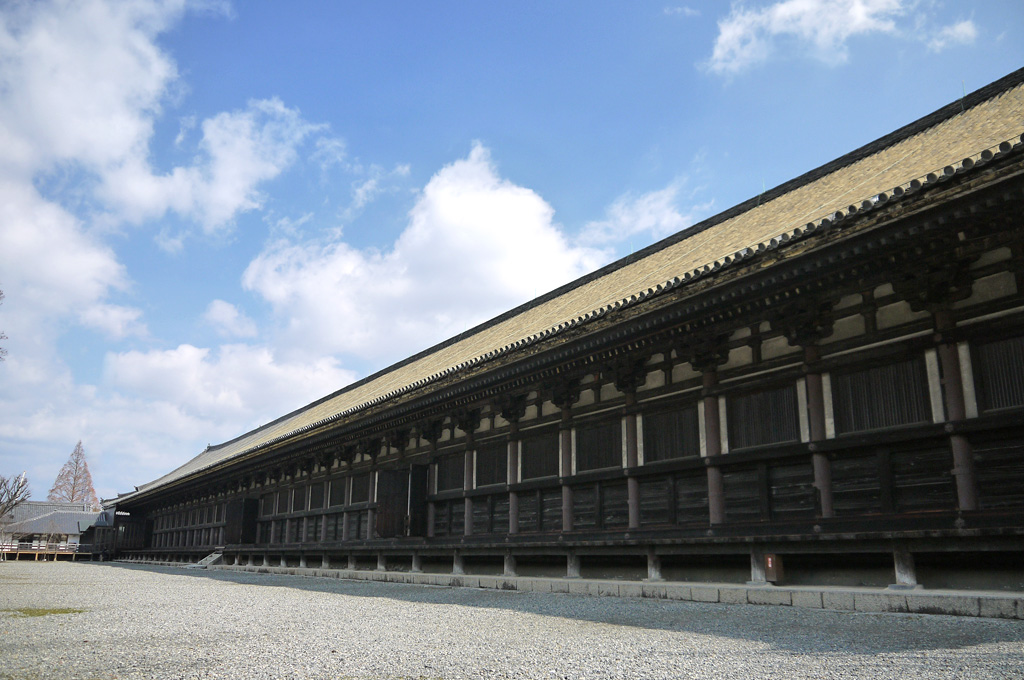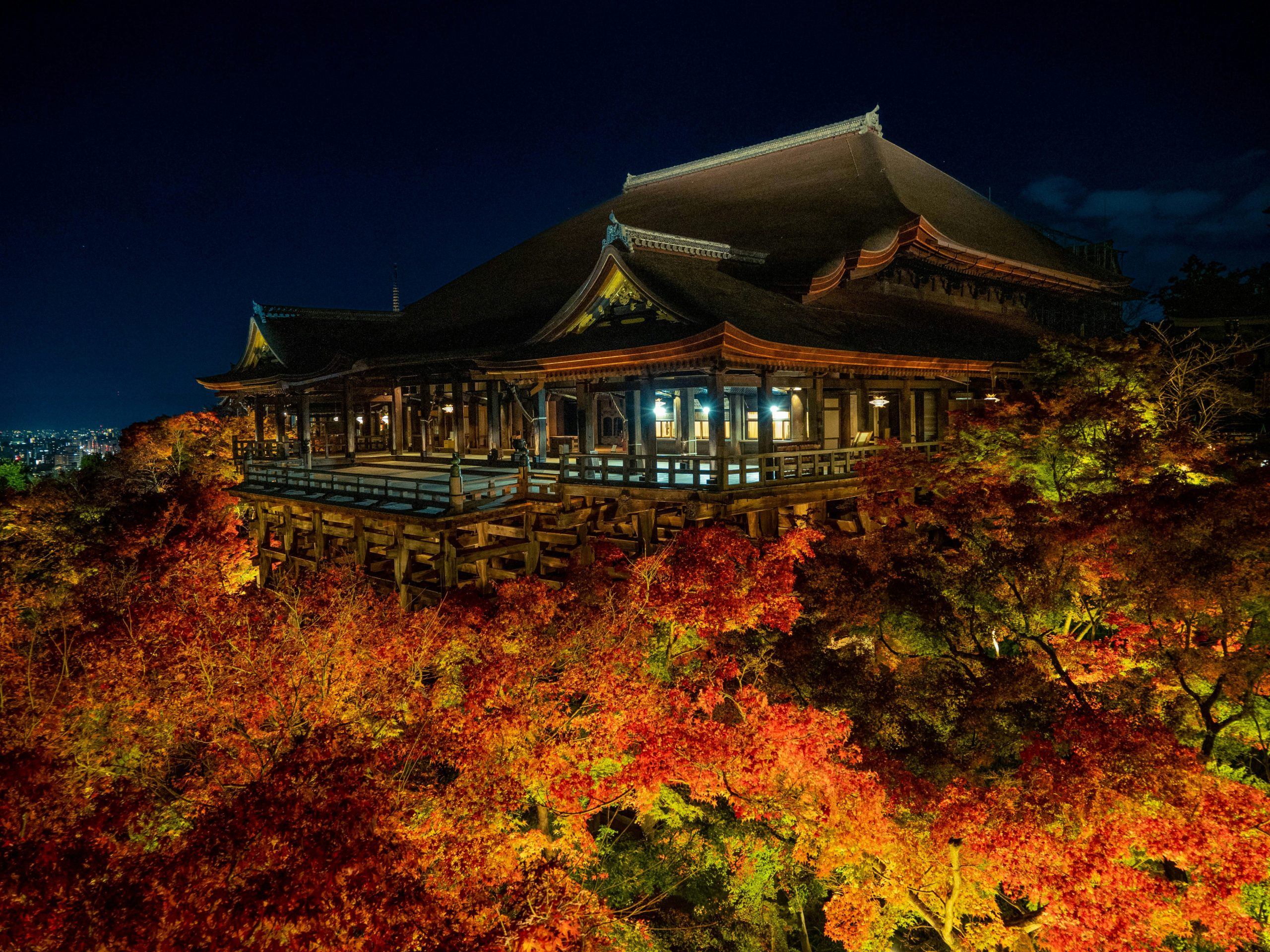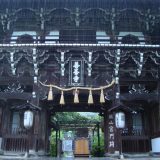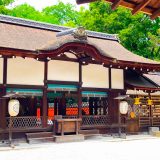

Table of Contents
What is Sanjusangendo?
Sanjusangendo, officially called Rengeoin, is a temple built in 1164 by the Japanese emperor Go-Shirakawa. The current building was rebuilt in 1266 and is a prime example of the Heian-period insei culture. Its name comes from the 33 pillared rooms in the front of the main hall.
Basic Information
| Common Name | Sanjusangendo (Sanjusangen-do ) |
| Official Name | Rengeoin Temple |
| Total length | 120m |
| Hours of visit | April 1 – November 15: 8:30 a.m. – 5:00 p.m. November 16 – March 31: 9:00 – 16:00 |
| Admission | Adults 600 yen, junior high and high school students 400 yen, elementary school students 300 yen |
| Parking lot | Parking lot available |
| Location | 657 Sanjusangendo Mawaricho, Higashiyama-ku, Kyoto 605-0941 |
| Phone: +81-(0)75-561-0467 | 075-561-0467 |
| Official website | https://www.sanjusangendo.jp/ |
| Other Information | Barrier-free information Two parking lots are barrier-free. Wheelchairs are available for use in the hall and on the grounds. Slopes: Slopes are available in the hall and on the walking trails in the precincts of the temple. Restrooms: Barrier-free restrooms are available on the grounds and in the parking lot. |
Features and Highlights
- A spectacular space where 1,001 statues of the Thousand-Armed Avalokitesvara Bodhisattva are gathered.
- A superb seated statue of the 1,000-armed Avalokitesvara B odhisattva by Tankei, a Buddhist priest of the Kamakura period (1185-1333)
- Japan’s oldest statues of the God of Wind and the God of Thunder
- Historic building famous for its arrow passing through it
1,001 statues of the Thousand-Armed Avalokitesvara Bodhisattva
The greatest attraction of Sanjusangendo is the 1001 statues of the Thousand-Armed Avalokitesvara Bodhisattva that are neatly lined up in the hall. Created between the late Heian and Kamakura periods, each of these statues has a slightly different expression and clothing pattern, testifying to the outstanding skills of the Buddhist priests.
Seated image of the thousand-armed Avalokitesvara Kannon
The seated image of the thousand-armed Avalokitesvara Bodhisattva is enshrined in the center of the hall and was created by the Kamakura-era Buddhist priest Tankei. The huge 3.35-meter-high statue is made of Japanese cypress wood in a marquetry style. Its delicate carving and lacquer leaf finish are considered masterpieces of Kamakura sculpture.
Wind and Thunder Gods
In the front row of the hall are statues of the Wind and Thunder Gods, said to have been created by a Buddhist priest in the Kamakura period. They are the oldest wind and thunder gods in Japan and are said to have served as the model for Tawaraya Sotatsu’s famous screens depicting the wind and thunder gods. Their dynamic appearance symbolizes the power of nature.
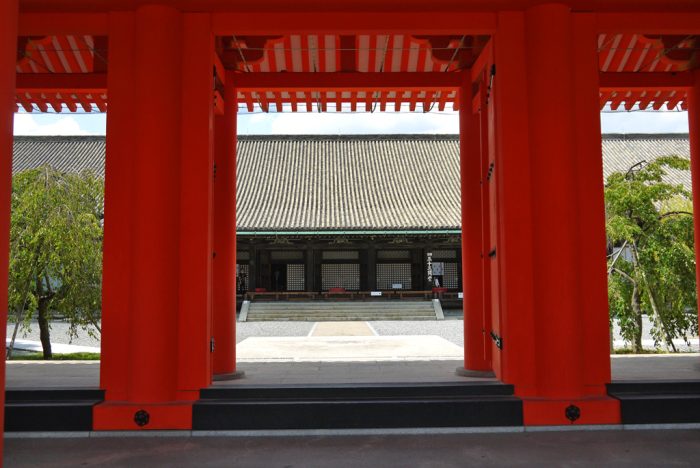
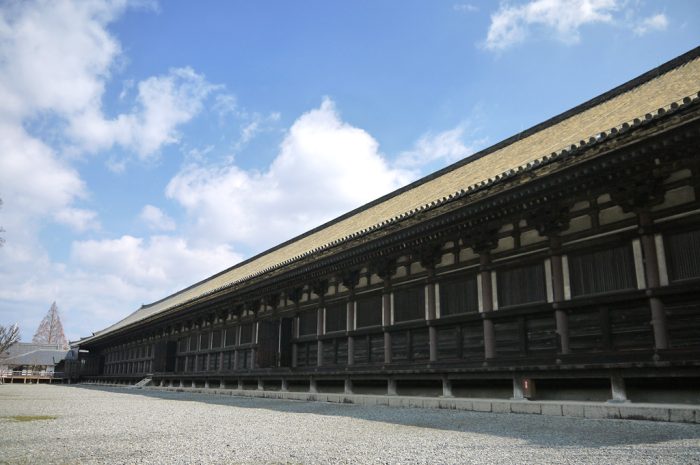
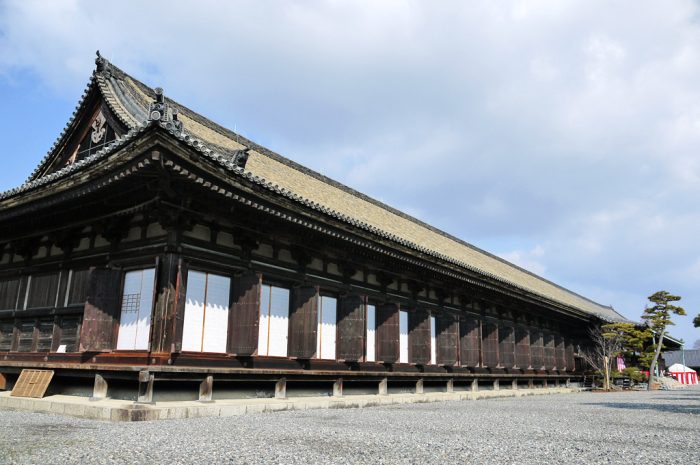
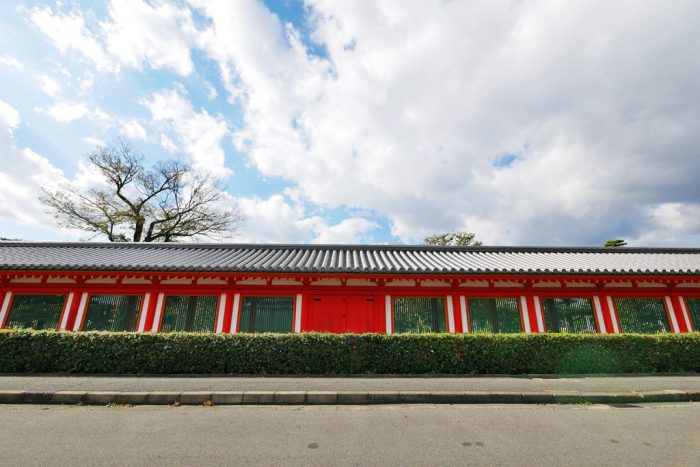
The “Omoteki Tournament,” an archery event modeled after the “Yatari” (a traditional Japanese archery event)
The Oomatotaikai is a traditional Japanese archery tournament held annually in January. In this tournament, archers shoot arrows at a target from a fixed distance in the tradition of Ninomaru-tsuri. The tournament is known not only for its archery skills, but also as an event that demonstrates a part of Japanese culture that values spirituality and tradition. Archers compete in the training of their skills and spirit.
| Events | Oomatotaikai ( Big target competition ) |
| Schedule | Sunday, January 14, 2024 *Held every year on a Sunday close to January 15 |
| Time | 8:00- Opening Ceremony 8:30~ New adult male qualifier 10:30~ New adult women’s qual ifying 13:00- Qualifying for Bokken, etc. 14:00- Finals for each division Awards Ceremony |
Access
- Keihan Railway ” Shichijo” station, approx. 7 min. walk
- Short walk from “Museum Sanjusangendo-mae” bus stop by city bus
Summary
Sanjusangendo in Kyoto is a breathtaking Buddhist architecture that combines the beauty of the Heian period with the power of the Insei period, and its magnificent interior with its 1001 statues of the thousand-armed Kannon will surely be an unforgettable experience.
Be sure to visit this historic temple and enjoy its mystical atmosphere and stunning Buddhist statues.

